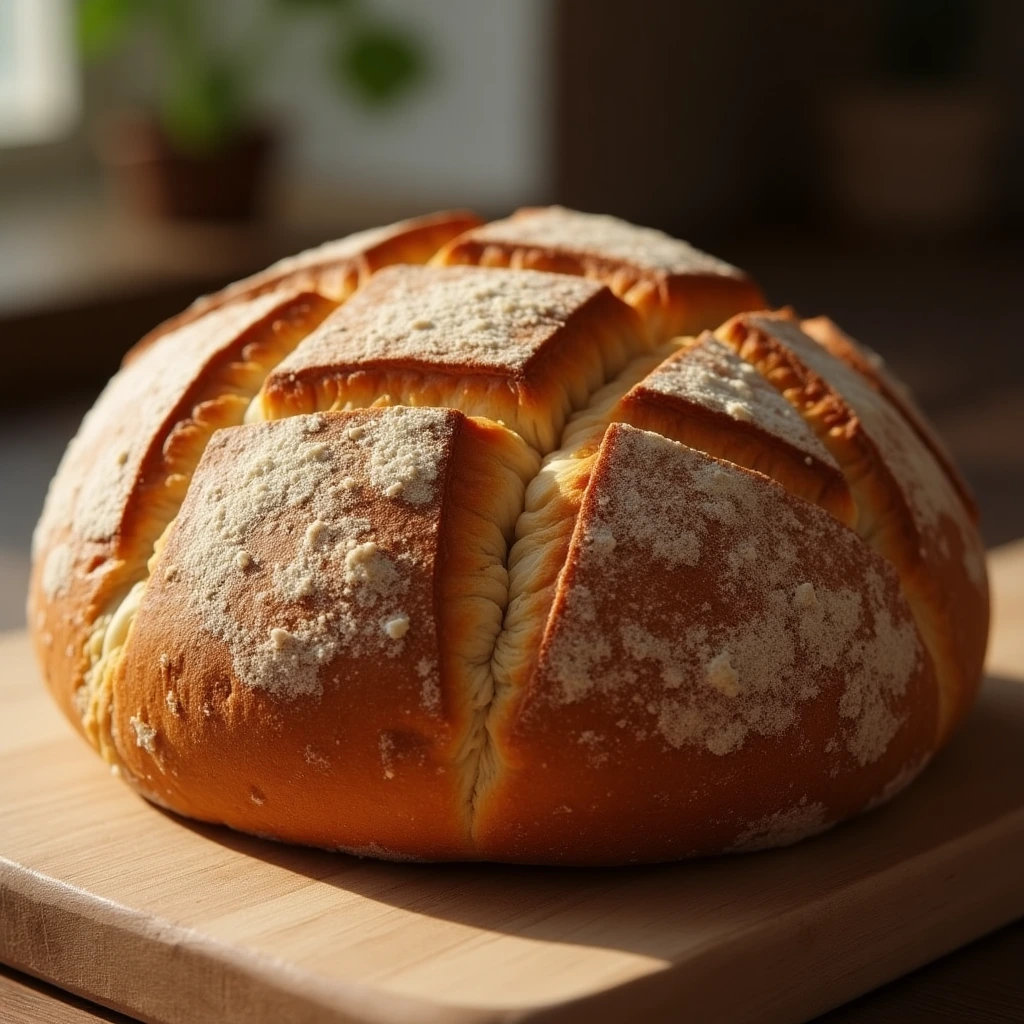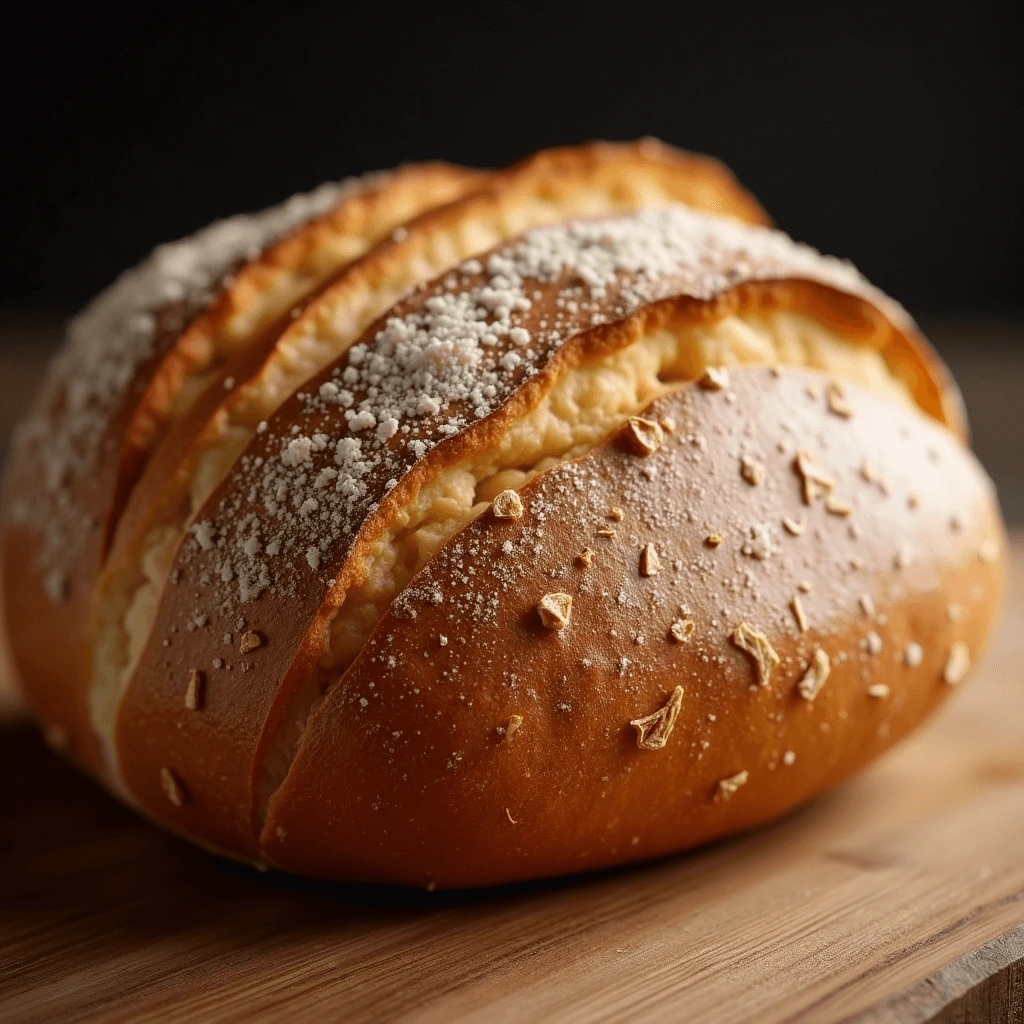Marble Rye Bread: Why It’s the Ultimate Game-Changer
Marble Rye Bread: Why It’s the Ultimate Game-Changer
Introduction
When it comes to baking bread, there are countless varieties, but marble rye bread stands out. It combines the rich, hearty flavor of rye with a stunning visual appeal. The swirl of dark and light dough not only creates a beautiful loaf but also offers a perfect balance of flavors. Whether you’re using it for sandwiches, toast, or enjoying it on its own, marble rye is sure to elevate your baking. Let’s explore why this bread is truly a game-changer.

What Makes Marble Rye Bread Stand Out?
Marble Rye vs. Traditional Rye
Unlike traditional rye bread, which is made solely with rye flour, marble rye blends rye and wheat flours. This combination creates a lighter, more airy texture while maintaining rye’s signature flavor. It’s perfect for those who find pure rye bread too dense but still want that earthy rye taste.
The Beauty of the Swirl
One of the defining features of marble rye is its visual appeal. The marbled pattern comes from swirling dark rye dough with lighter wheat dough. This stunning effect not only looks great but also promises a more enjoyable bread-eating experience.
Balanced Flavor
The flavor of marble rye strikes a perfect balance between the tang of rye and the sweetness of wheat flour. Rye flour gives it depth, while wheat flour ensures it’s not too heavy. This balance makes it versatile for various dishes, from sandwiches to soups.
Key Ingredients for our cake
Flour Choices
The magic of marble rye lies in the combination of rye and wheat flours. Rye flour imparts a unique, earthy flavor, while wheat flour ensures the bread isn’t overly dense. The correct balance is key to getting the perfect texture.
The Role of Caraway Seeds
Caraway seeds are optional but highly recommended for marble rye bread. They add a nutty flavor that pairs perfectly with rye, giving your bread an authentic taste. While some may skip them, adding caraway seeds can elevate the flavor of your loaf.
Yeast and Sweeteners
Yeast is essential for leavening the dough, while sweeteners like honey or sugar add a subtle sweetness. These ingredients help the dough rise, making it soft and fluffy while enhancing the flavor profile.
Step-by-Step Guide to Making Marble Rye Bread
Preparing the Dough
Start by preparing two separate doughs—one with rye flour and the other with wheat flour. Mix the dry ingredients first, then add water, oil, and honey. Knead until smooth and elastic. You’ll end up with two doughs with similar consistencies.
Forming the Swirl
To create the marbled effect, roll out both doughs into flat sheets. Layer them together, then roll them up like a log. Twist the doughs together, forming a spiral. This is where the signature marble pattern is created.
Baking the Bread
Preheat the oven to 350°F (175°C). Place the dough on a baking sheet and bake for 30–40 minutes, until the top is golden brown and the bread sounds hollow when tapped. Allow the bread to cool before slicing to ensure the best texture.
Why This cake is a Game-Changer
Perfect for Sandwiches
Marble rye bread is a fantastic base for sandwiches. Its hearty flavor, combined with a slightly sweet note, makes it the ideal choice for a wide range of fillings. The bread also holds up well against rich, savory ingredients like corned beef or cheese.
Great with Soups and Stews
Marble rye is a versatile addition to any meal. It pairs wonderfully with soups, stews, and salads, offering a perfect balance to rich, savory flavors. Its mild sweetness also complements a variety of toppings.
Impressive at Gatherings
Thanks to its stunning swirl and flavorful profile, marble rye is a showstopper at any gathering. Whether served as an appetizer or paired with a main dish, this bread is sure to impress your guests.

Common Mistakes to Avoid When Making Marble Rye Bread
Don’t Overwork the Dough
Overworking the dough can lead to a dense loaf. Knead only until smooth and elastic to ensure a light and fluffy texture.
Balance the Flours
Finding the right ratio of rye and wheat flour is crucial. Too much rye can make the bread too dense, while too much wheat flour can dilute the rye flavor. Aim for a balance that gives both texture and flavor.
Check Baking Time
Under or overbaking the bread can affect its texture. Be sure to check the loaf by tapping the top. If it sounds hollow, it’s ready.
Marble rye bread is a truly remarkable loaf that deserves a place in your baking repertoire. Its unique marbled pattern and balanced flavor make it perfect for a variety of dishes. Whether you’re making sandwiches, pairing it with soups, or serving it at a special event, this bread will always be a hit. Give it a try, and elevate your baking with the ultimate game-changing bread—marble rye!

